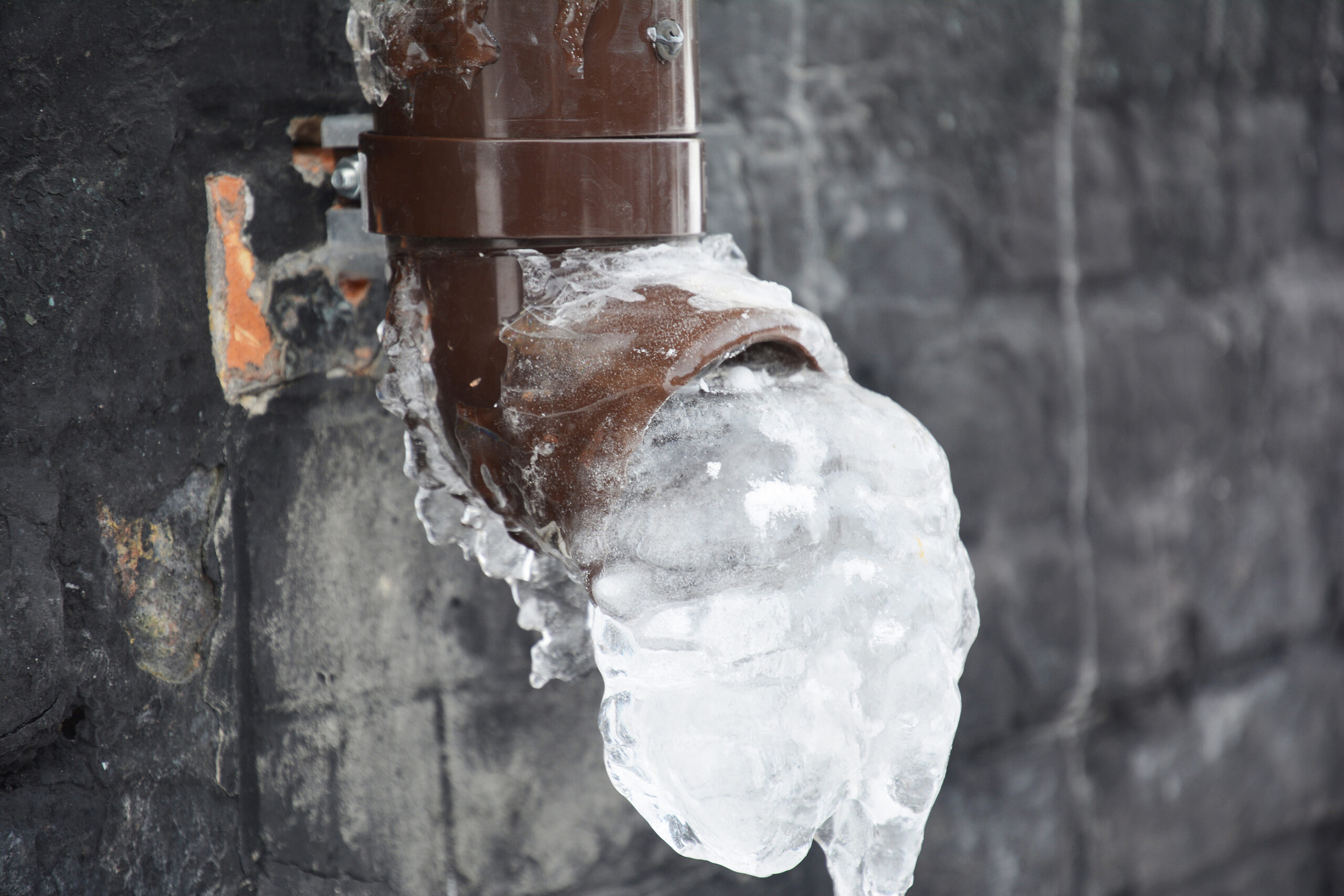Crucial Advice to Prevent Frozen Pipes in Cold Weather: Professional Guidance
Crucial Advice to Prevent Frozen Pipes in Cold Weather: Professional Guidance
Blog Article
Are you trying to locate information around How to Prevent Your Pipes From Freezing?

Winter can ruin your pipes, particularly by freezing pipes. Here's just how to avoid it from happening and what to do if it does.
Introduction
As temperature levels decrease, the threat of icy pipes rises, potentially leading to costly repairs and water damages. Understanding exactly how to stop frozen pipes is essential for house owners in cool environments.
Prevention Tips
Protecting prone pipes
Cover pipelines in insulation sleeves or utilize heat tape to safeguard them from freezing temperatures. Focus on pipes in unheated or external areas of the home.
Home heating methods
Keep interior spaces adequately warmed, particularly areas with pipes. Open up closet doors to allow cozy air to flow around pipes under sinks.
Just how to determine icy pipelines
Seek reduced water flow from faucets, unusual odors or noises from pipes, and visible frost on subjected pipes.
Long-Term Solutions
Structural modifications
Think about rerouting pipes away from outside walls or unheated areas. Include additional insulation to attics, basements, and crawl spaces.
Upgrading insulation
Purchase high-quality insulation for pipelines, attic rooms, and walls. Proper insulation aids preserve constant temperatures and minimizes the risk of icy pipes.
Protecting Exterior Plumbing
Garden pipes and outdoor faucets
Detach and drain garden hoses prior to winter season. Set up frost-proof faucets or cover exterior taps with protected caps.
Recognizing Frozen Pipes
What triggers pipes to ice up?
Pipelines ice up when subjected to temperature levels listed below 32 ° F (0 ° C) for extended periods. As water inside the pipes freezes, it expands, putting pressure on the pipe walls and potentially creating them to break.
Threats and problems
Icy pipelines can lead to supply of water interruptions, building damages, and expensive repairs. Ruptured pipes can flooding homes and cause comprehensive structural damages.
Indications of Frozen Pipeline
Determining frozen pipelines early can avoid them from bursting.
What to Do If Your Pipes Freeze
Immediate activities to take
If you suspect icy pipes, keep taps open up to relieve stress as the ice melts. Make use of a hairdryer or towels taken in warm water to thaw pipes slowly.
Conclusion
Preventing frozen pipes needs positive steps and quick feedbacks. By recognizing the reasons, indicators, and safety nets, homeowners can safeguard their plumbing throughout winter.
5 Ways to Prevent Frozen Pipes
Drain Outdoor Faucets and Disconnect Hoses
First, close the shut-off valve that controls the flow of water in the pipe to your outdoor faucet. Then, head outside to disconnect and drain your hose and open the outdoor faucet to allow the water to completely drain out of the line. Turn off the faucet when done. Finally, head back to the shut-off valve and drain the remaining water inside the pipe into a bucket or container. Additionally, if you have a home irrigation system, you should consider hiring an expert to clear the system of water each year.
Insulate Pipes
One of the best and most cost-effective methods for preventing frozen water pipes is to wrap your pipes with insulation. This is especially important for areas in your home that aren’t exposed to heat, such as an attic. We suggest using foam sleeves, which can typically be found at your local hardware store.
Keep Heat Running at 65
Your pipes are located inside your walls, and the temperature there is much colder than the rest of the house. To prevent your pipes from freezing, The Insurance Information Institute suggests that you keep your home heated to at least 65 degrees, even when traveling. You may want to invest in smart devices that can keep an eye on the temperature in your home while you’re away.
Leave Water Dripping
Moving water — even a small trickle — can prevent ice from forming inside your pipes. When freezing temps are imminent, start a drip of water from all faucets that serve exposed pipes. Leaving a few faucets running will also help relieve pressure inside the pipes and help prevent a rupture if the water inside freezes.
Open Cupboard Doors
Warm your kitchen and bathroom pipes by opening cupboards and vanities. You should also leave your interior doors ajar to help warm air circulate evenly throughout your home.

I came across that post about 6 Ways to Prevent Frozen Pipes when doing a lookup on the web. Do you know another person who is fascinated with the niche? Why not promote it. Thanks a lot for being here. Return soon.
Details Report this page